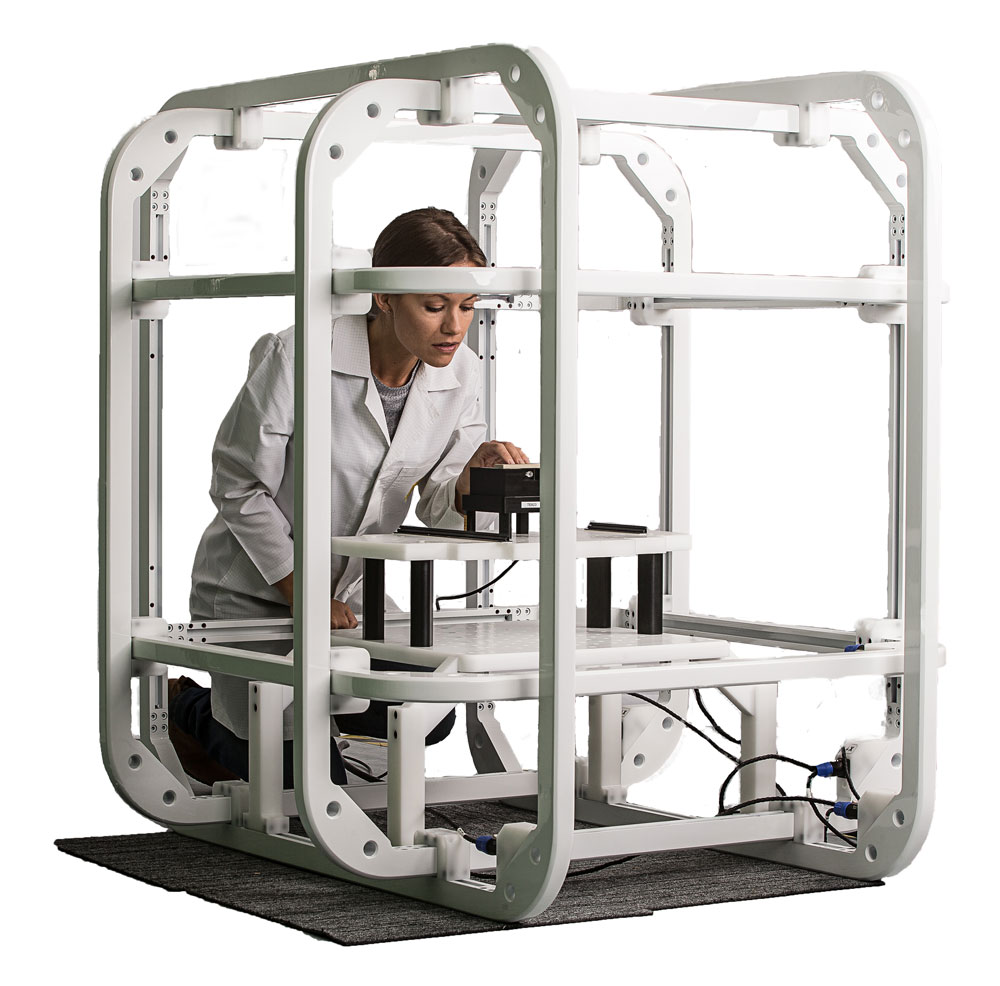Fill and Finish Automation
SP Automation and Robotics have been approached a lot in recent years in regards to automating the fill and finish process. In the pharmaceutical industry, fill and finish (also referred to as fill finish, fill-finish or fill/finish) is the process of filling vials with vaccine and finishing the process of packaging the medicine for distribution. Many vaccine manufacturers use third parties to fill and finish their vaccines. The fill/finish process is a common bottleneck in the manufacturing and deployment of vaccines.
Fill and finish is a critical and high-value step in cell therapy manufacturing. At this stage, the cells have been through a tedious manufacturing process and maintaining their potency and viability through this step is of utmost importance. Currently, this step of final formulation heavily relies on manual processes that bring inherent user-dependent variability, and it becomes unsustainable with the demand for increased output in a manufacturing setting. The necessity to reduce open process steps, ensure process traceability & temperature control and minimise DMSO contact time with cells, establishes the need for automation at this step. Implementing automation at this step not only ensures a highly consistent product, it may also be an effective way to reduce risk at a critical step to support product delivery to the patients, while also reducing manufacturing costs.
Aseptic Filling
Aseptic filling is a crucial process in biopharmaceutical manufacturing because it has a potential safety impact on the end user and because aseptic filling is a highly technique-driven process. The stability of aseptically filled drugs will be affected by a variety of factors. Because aseptic filling requires close coordination and involves complex interaction between personnel, sterilized product, the fill/finish equipment system, the cleanroom-including support facilities and sterilized filling components, fill/finish processes are heavily dependent on technique, equipment, controls, and having detailed procedures.
Handling sterile liquids in the pharmaceutical industry has traditionally relied on consistent techniques and changes in technology and regulations have been relatively slow, which has resulted in only incremental improvements in safety, efficiency, and product quality. The rise of costly biologics over the past 20 years, however, has put greater pressure on downstream fill/finish operations to ensure that quality, safety, and cost efficiency are not compromised at the critical, late-stage fill/finish process.
The advancement of automation, including robotics, is one area of progress for fill/finish processes. Automation at this late-stage manufacturing step further reduces the risks of contamination, and most systems today. This has led to as few human interactions as possible at the fill/finish step, including the loading of raw materials, system changeovers, and cleaning. SP Automation and Robotics work closely with manufacturers to develop a concept that is right for their process.
Adopting Automation
Typically, automated systems incorporate blow/fill/seal operations, dosing, environmental monitoring filling machines that use tool-less changeovers, in-process weight checks, self-adjusting fill volume controls, and single-use equipment/technology.
Fill/finish operations for biologics is largely automated as the number of manual fill operations is diminishing. While manual filling can be conducted ‘remotely’ in restricted access barrier systems (RABS) via manual filling, this is a small-volume operation with limited batch sizes.
Cost saving is another benefit of having automated processes. In simplest form, the larger batch sizes available within the same processing duration provide costs of goods savings.
Aseptic fill/finish facilities have high overheads, which include facility build/maintenance, power costs for water plants, oven/autoclaves/tunnels, and air handling systems. Any higher throughput will, in turn, lower unit price.
In addition, there is a reduction in labour overheads with automated systems, however operators are still required to control and monitor processes. At a larger scale, automated inspection systems allow high throughput and lower the operator overheads.
There is an associated investment in any technology, and servicing/maintenance requirements are higher. Any aseptic filling process should be conducted in shortest duration to minimise risk. Whether manual or automated, it is the throughput and reliability/reproducibility that supports cost benefits. SP Automation and Robotics can talk through your requirements and find a solution that is right for you.
![]()















